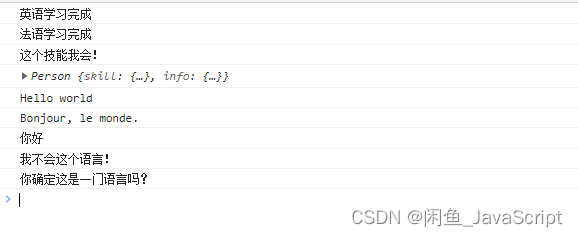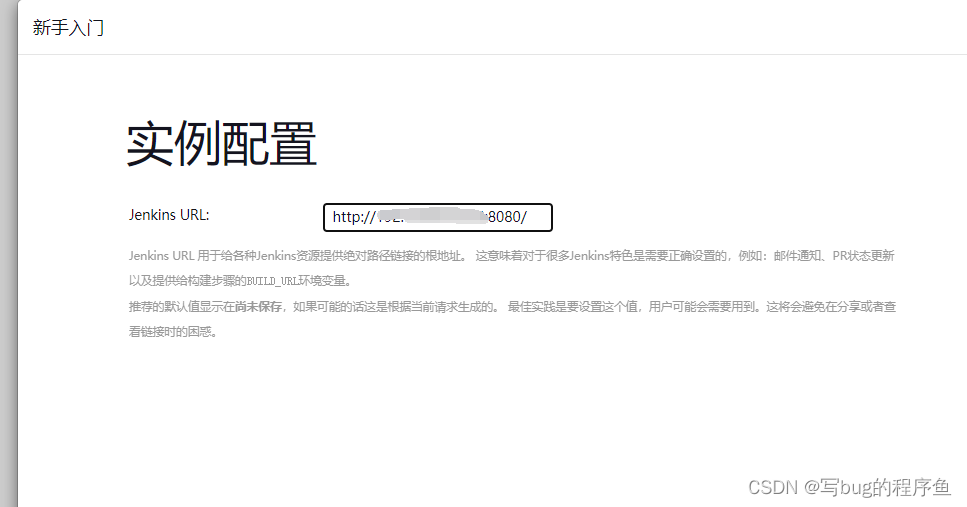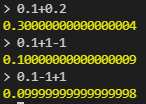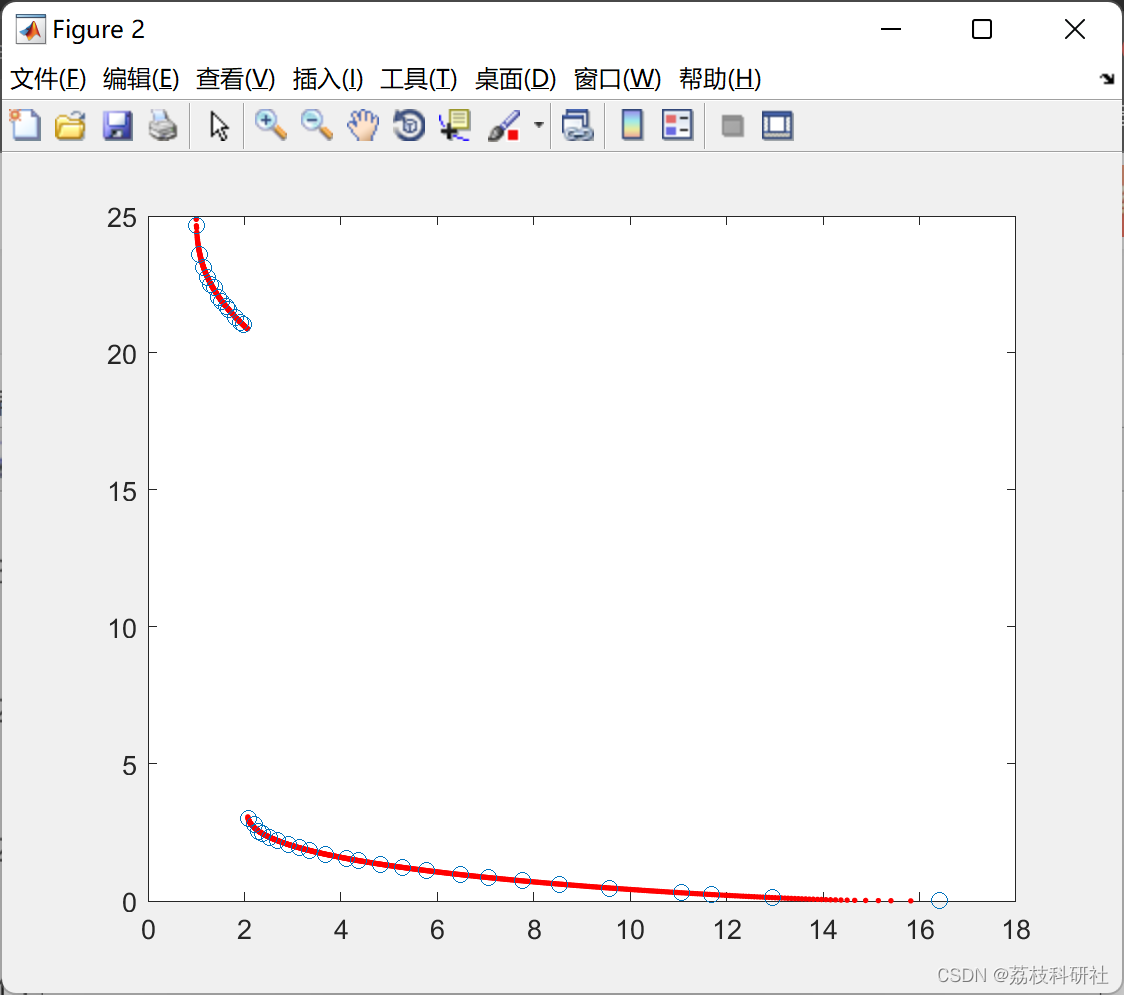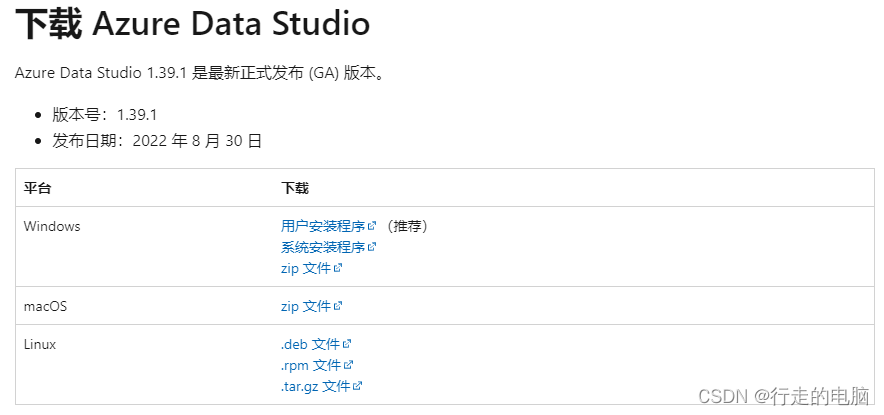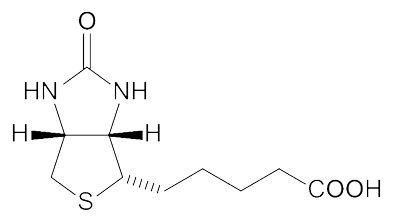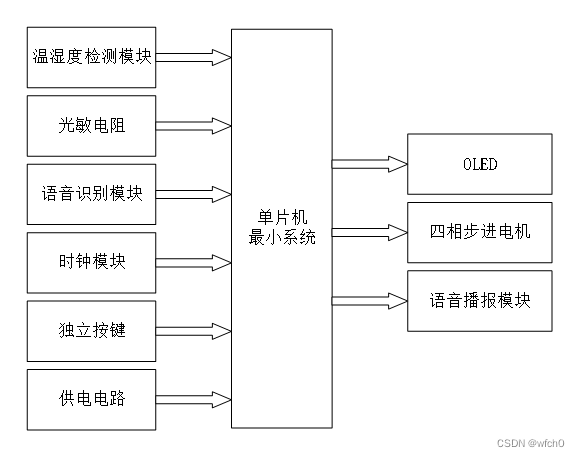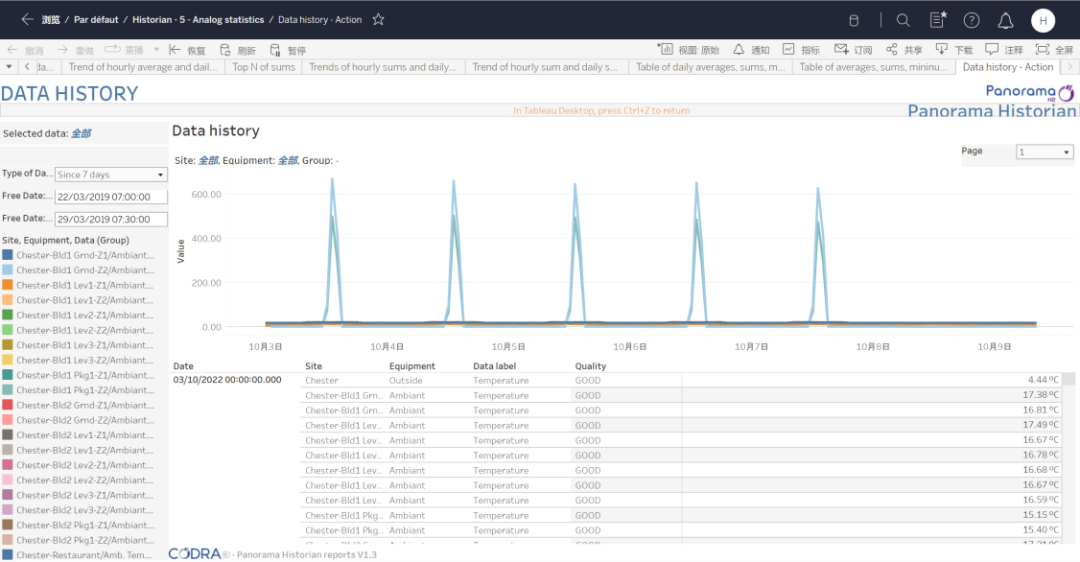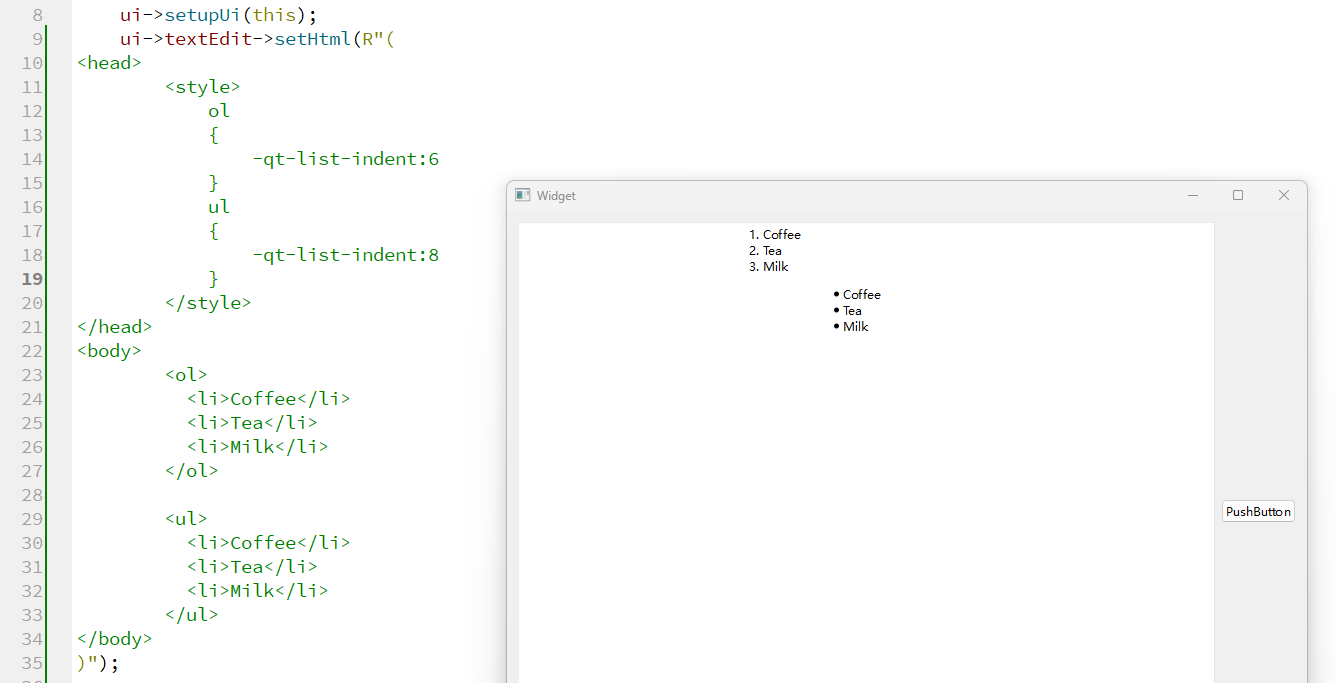在Java的学习与开发者我们经常遇到this和super关键字,那么它们的用法和区别是什么呢?
一、this关键字
1.this是什么?
this 是自身的一个对象,代表对象本身,可以理解为:指向对象本身的一个指针。
2.this的用法
this 的用法在 Java 中大体可以分为3种:
(1)普通的直接引用
最简单的用法,this 相当于是指向当前对象本身。
(2)形参与成员名字重名,用 this 来区分:
示例:
public class Animal {
public String name;
public int health;
public int love;
public Animal() {无参构造
}
public Animal(String name, int health, int love) {//有参构造方法
this.name = name;
this.health = health;
this.love = love;
}
}
在创建一个类,并且声明许多属性后,我们一般都要为这个类创建无参和有参构造方法,而在有参方法的参数列表中,我们会发现形参的名字与属性名相同,这时我们就需要用this关键字来区分,不然就会无法实现我们想要的效果。
(3)引用构造函数
注意:在一个构造方法中通过this关键字调用其它构造方法的时候,this关键字需要写在构造方法中的第一行位置。
示例:
public class ThisDemo01 {
public String name;
public String age;
public ThisDemo01() {
System.out.println("ThisDemo01类中的无参构造方法");
}
public ThisDemo01(String name, String age) {
//在一个构造方法中通过this关键字调用其它构造方法的时候,this关键字需要写在构造方法中的第一行位置
this();
System.out.println("ThisDemo01类中的有参构造方法");
//this();
this.name = name;
this.age = age;
}
public static void main(String[] args) {
ThisDemo01 thisDemo01 = new ThisDemo01();
System.out.println("---------------");
ThisDemo01 thisDemo012 = new ThisDemo01("张三", "22");
}
}结果:

二、super关键字
1.super是什么?
super 可以理解为是指向自己父(根、超)类对象的一个指针,而这个父类指的是离自己最近的一个父类。
2.super的用法
super 也有三种用法:
(1)普通的直接引用
与 this 类似,super 相当于是指向当前对象的父类,这样就可以用 super.xxx 来引用父类的成员。
(2)子类中的成员变量或方法与父类中的成员变量或方法同名:
class Country {
String name;
void value() {
name = "China";
}
}
class City extends Country {
String name;
void value() {
name = "Shanghai";
super.value(); //调用父类的方法
System.out.println(name);
System.out.println(super.name);
}
public static void main(String[] args) {
City c=new City();
c.value();
}
}结果:
Shanghai China
可以看到,这里既调用了父类的方法,也调用了父类的变量。若不调用父类方法 value(),只调用父类变量 name 的话,则父类 name 值为默认值 null。
(3)引用构造函数
super(参数):调用父类中的某一个构造函数(应该为构造函数中的第一条语句)。
//父类:
public class Animal{
private String name;
private int health;
private int love;
public Animal() {
}
public Animal(String name, int health, int love) {
this.name = name;
this.health = health;
this.love = love;
}
//子类:
public class Dog extends Animal{
// 品种
private String strain;
public Dog() {
}
public Dog(String name, int health, int love, String strain) {
super(name, health, love);
this.strain = strain;
}由上述代码可以看到,我们可以在子类的构造方法中用super关键字调用父类具有同样参数的构造方法,减少代码量。
(4)super的一些限制:
super只能出现在子类的方法和构造方法中 ;
super调用构造方法时,只能是第一句 ;
super不能访问父类的private成员;
this() 和 super() 都指的是对象,所以,均不可以在 static 环境中使用。包括:static 变量,static 方法,static 语句块。
三、super和this关键字的异同
(1)super(参数):调用基类中的某一个构造函数(应该为构造函数中的第一条语句)
(2)this(参数):调用本类中另一种形成的构造函数(应该为构造函数中的第一条语句)
(3)super: 它引用当前对象的直接父类中的成员(用来访问直接父类中被隐藏的父类中成员数据或函数,基类与派生类中有相同成员定义时如:super.变量名 super.成员函数据名(实参) this:它代表当前对象名(在程序中易产生二义性之处,应使用 this 来指明当前对象;如果函数的形参与类中的成员数据同名,这时需用 this 来指明成员变量名)
(4)调用super()必须写在子类构造方法的第一行,否则编译不通过。每个子类构造方法的第一条语句,都是隐含地调用 super(),如果父类没有这种形式的构造函数,那么在编译的时候就会报错。
(5)super() 和 this() 类似,区别是,super() 从子类中调用父类的构造方法,this() 在同一类内调用其它方法。
(6)super() 和 this() 均需放在构造方法内第一行。
(7)尽管可以用this调用一个构造器,但却不能调用两个。
(8)this 和 super 不能同时出现在一个构造函数里面,因为this必然会调用其它的构造函数,其它的构造函数必然也会有 super 语句的存在,所以在同一个构造函数里面有相同的语句,就失去了语句的意义,编译器也不会通过。
(9)this() 和 super() 都指的是对象,所以,均不可以在 static 环境中使用。包括:static 变量,static 方法,static 语句块。
(10)从本质上讲,this 是一个指向本对象的指针, 然而 super 是一个 Java 关键字。
